New year, new food and nutrition trends. Health, fitness, wellness and sometimes weight loss are top of mind for many of us right now. So we went in search of what’s trending in healthy eating and wellness for 2021. Our correspondent Julie Chang Murphy has a curated list of the 10 words and phrases you need to know to eat healthy (or at least on-trend) this year. Here are the top healthy eating food, nuitrition and diet trends you need to know in 2021.
The Healthy Eating Trends You Need to Know in 2021
The healthy eating trends of 2021 are inextricably tied to the events of 2020. As we continue to reckon with the life-altering implications of the virus, eating well in 2021 goes beyond consuming the trendy vegetable of the year. Cauliflower, seaweed, mushrooms — we love you. But this is bigger than any one particular genus or species.
[white_box]Join our community
For access to insider ideas and information on the world of luxury, sign up for our Dandelion Chandelier newsletter. And see luxury in a new light.
sign up now >
[/white_box]
Given the impact of the coronavirus on daily life, across the globe we are far more conscious of how and what we eat impacts the climate, mental health, immunity, our local communities, and racial equity.
We are what we eat and in 2021, we just might be consuming foods that not only make us healthier. But also more enlightened and perhaps even kinder. From experiments in home fermentation to supporting BIPOC-owned retailers and brands, here are the top 10 food trends you need to know for a fresh start to the new year.
1. climatarian diet
You know about vegetarianism and veganism. Now there’s climatarianism. The term was first introduced around 2009, but didn’t gain popularity until 2015. It simply encompasses people who try to reduce their carbon footprint and reverse climate change with their diet.
This may be the year climatarianism takes off, as the pandemic has exposed just how inter-connected we are, accelerating trends toward more sustainability.
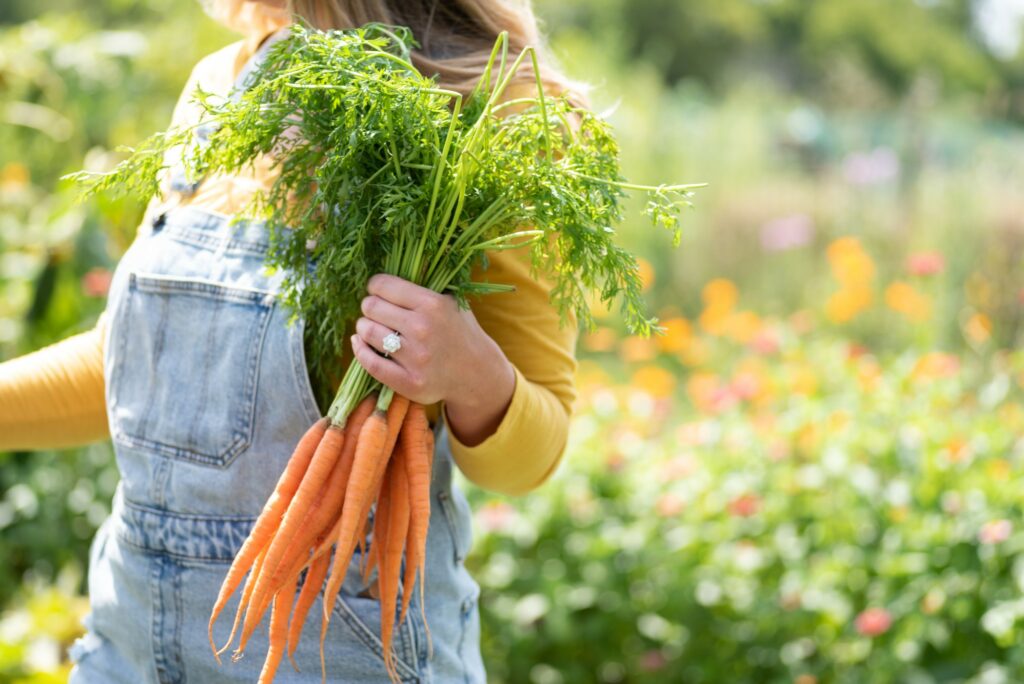
The top food, nutrition and diet trends for 2021: the climatarian eating plan.
In a recent Yale study, researchers noted that food production “generates up to 30% of total global emissions and is also a significant contributor to biodiversity loss, deforestation, freshwater use, and land use change.” The goal is not an all-or-nothing approach, but rather to make small changes that collectively can make a large difference. Think locally produced foods, limiting food waste, and choosing more sustainable meats.
Popular chains like Panera have committed to more transparency to help customers identify menu items with a lower carbon footprint. Whole Foods is “seeing a huge rise in packaged products that use neglected and underused parts of an ingredient.” And just saying — a climatarian diet does not preclude chocolate, especially when it is ethically sourced.
[white_box]Related Post
the top new wellness trends you need to know in 2021
read more >
[/white_box]
2. fermentation and postbiotics
The vocabulary surrounding postbiotics usually includes phrases like gut microbes, bioactive compounds and waste products of the fermentation process. In other words, not obviously delicious. You might be surprised to learn then that you are already consuming postbiotics. Sourdough bread, miso soup, pickles, and yogurt are all probiotics AND postbiotics because postbiotics are a byproduct of probiotic fermentation. Postbiotics can also be produced and extracted in laboratories to be used in supplemental form.
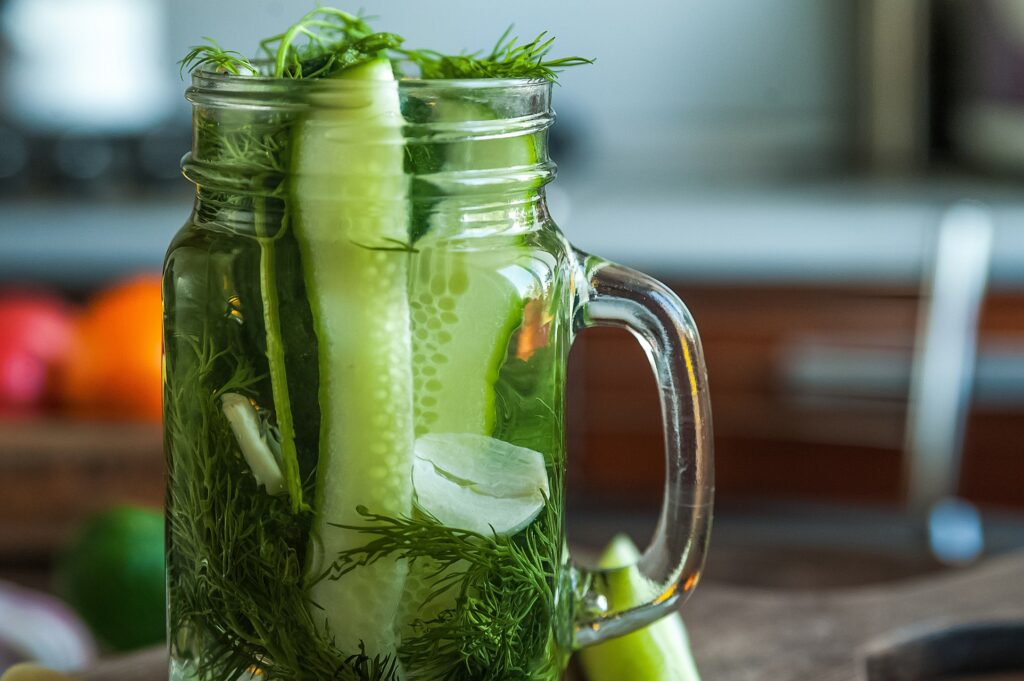
The top food, nutrition, healthy eating and diet trends for 2021: fermented foods and postbiotics.
So what does it do exactly? Aside from improving digestive health, research has shown that postbiotics can bolster the immune system, lower blood sugar and inflammation, and prevent obesity.
3. eating for mental health
Adaptogens have been used for hundreds of years in non-Western cultures. Common in Chinese medicine and Ayurveda healing, they are found in herbs and roots and can help with stress, energy and hormone regulation.
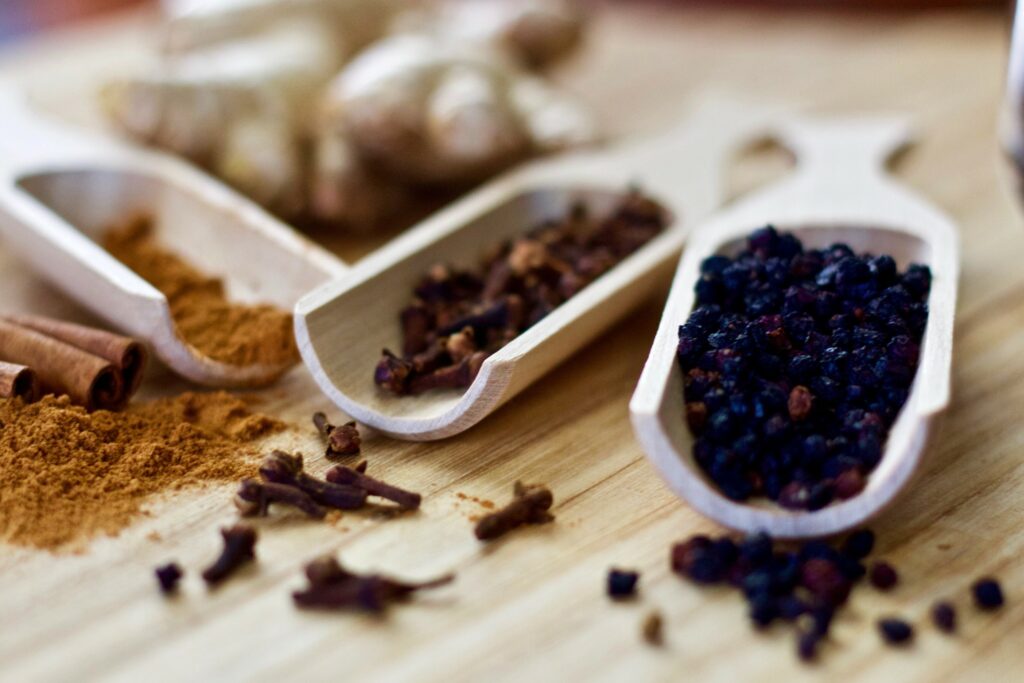
The top food, nutrition and diet trends for 2021: fostering mental health.
Look for all sorts of innovative beverages from coffee to alcohol to include these mood boosters. Snacks will be infused with the powders of adaptogenic herbs to promote well-being. Along with greater acceptance of cannabidiol (CBD), the non-psychoactive part of the cannabis plant, adaptogens like elderberry, echinacea, astragalus, turmeric, and ashwagandha will continue to increase in visibility.
4. the year of the air fryer
Move over Instapot — 2021 could be the year of the air fryer. The rather adorable penguin shaped appliance has been surpassing Google searches of Instapots since November.
Could it be that we’re all craving more novelty in our home kitchen, not to mention the comfort of fried and crispy foods? The air fryer is actually a small oven with a highly concentrated heat source and powerful fan that moves hot air around. It uses little to no oil and should not be mistaken for a deep fryer. According to Web MD, it cuts calories by 70% to 80% and contains a lot less fat.
[white_box]Related Post
Bring on the Most Inventive and Beautiful Calendars of 2021
read more >
[/white_box]
5. variety is the spice of life
It might have seemed like everyone was cooking up comfort foods this past year but according to Instacart’s data, more consumers are starting to experiment with new flavors via spices and condiments. Their top five? Piri Piri sauce, Lao Gan Ma, Za’atar, turmeric, and gojuchang.
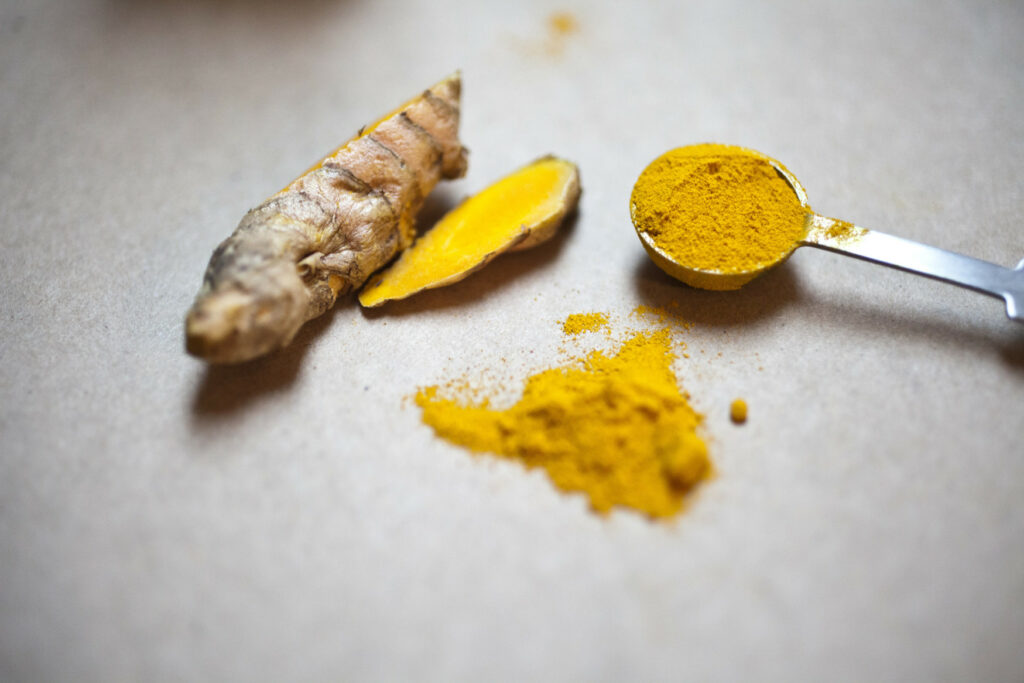
The top food, nutrition and diet trends for 2021: new spices and condiments.
Home cooks are also paying attention to sustainability and equity concerns when it comes to these global flavors. Companies like Burlap & Barrel source directly from farmers in 14 different countries and Diaspora Co. is woman-owned and specializes in single origin spices. Locally produced flavors instead of those mass-produced spices from big labels are another sustainable (and tastier!) option. For example, Loisa is a New York City based start-up that upgrades Latin seasonings with organic, high quality spice blends. And look to your own local favorite restaurants who might be selling their signature pantry staples. We’re kind of obsessed with Momofuku’s seasoned salts which are packed with umami-rich ingredients.
6. a breakfast revival
With so many workers no longer rushing into the office, breakfast is getting a makeover. In the grocery aisle, Whole Foods predicts a rise in innovative morning products like sous vide egg bites, “eggs” made from mung beans and breakfast pizzas.

The top food, nutrition and diet trends for 2021: the return of breakfast.
This past year has also brought together multiple generations at home under the same roof due to the ongoing pandemic and breakfast has become the new sit-down dinner. It’s pancakes on weekdays and instagrammable breakfast sandwiches. We’ll see an increase in people trying traditional breakfast dishes from other cultures that require a bit more planning. And coffee will continue to be another point of interest. What will be the new Dalgona coffee of 2021? We’re thinking mushroom coffee!
7. alternative cooking oil
Another kitchen staple that will be reconsidered in the new year is cooking oil and oils used for dressings. Up for your consideration is avocado oil, sunflower seed oil, walnut oil and flaxseed oil.
Avocado oil imparts a creamy flavor but is cholesterol-free. One tablespoon of sunflower seed oil contains almost one-third of a person’s daily recommended vitamin E — a powerful antioxidant. Both have high smoke points and neutral tastes that won’t interfere with the meal’s flavors.
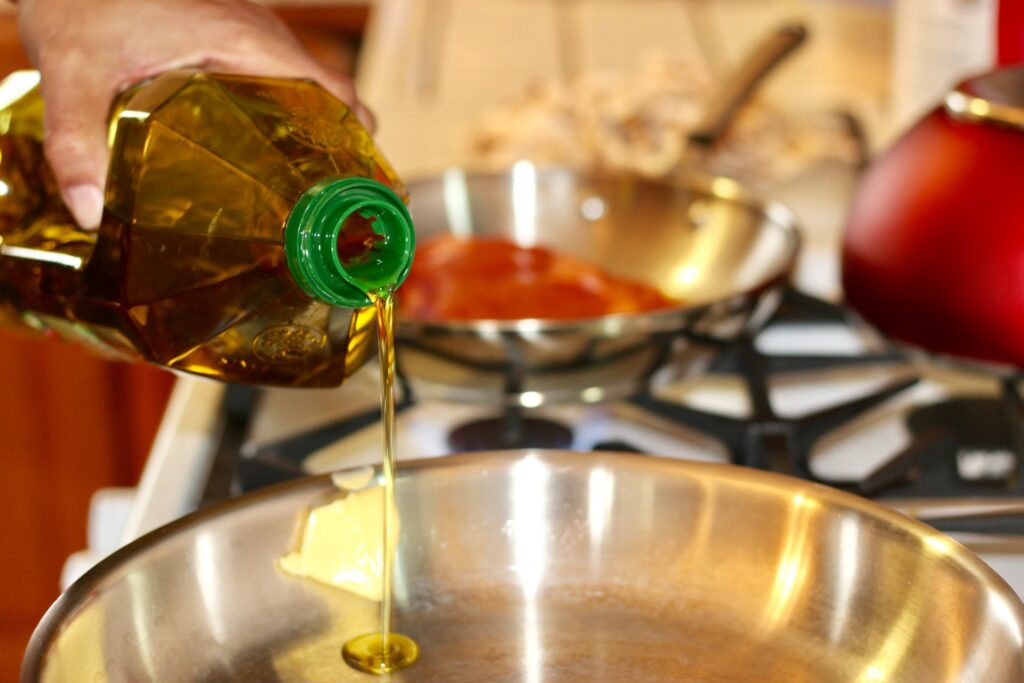
Walnut oil and flaxseed oil can be easily drizzled over salads and pasta or mixed into beverages and baked goods. Health benefits include being a source of healthy Omega-3 fatty acids, lowering inflammation, and improving blood sugar.
Related Post
What are the best poems to read this New Years Day?
read more >
[/white_box]
8. non-alcoholic beverages
According to Nielsen’s market data, total alcohol sales outside of bars and restaurants have surged roughly 24% during the pandemic. No judgement – we get it. Still, in the new year, people will be looking for happy hour alternatives.

The top food and healthy eating trends for 2021: non-alcoholic beverages.
On the menu are plenty of options that can still supply that feeling of indulgence and novelty. There’s non-alcoholic bubbly kombucha and mood-enhancing beverages with adaptogens and CBD. Many craft beer breweries are also concocting non-alcoholic beverages that legitimately taste good and replicate the flavors of a malty Guinness or a refreshing golden ale.
9. supporting racial justice with food
The food industry, like many industries from fashion to publishing, is undergoing a racial reckoning by decentering whiteness and promoting the creativity and traditions of BIPOC chefs and their practices. The visibility of these leaders will help shape what foods and ingredients hit the “mainstream.”

The top food and healthy eating trends for 2021: fostering racial justice through the world of food and drink.
Cybille St.Aude-Tate, chef of Earthseed Provisions and Honeysuckle Projects in Philadelphia summed it up perfectly in a Food and Wine interview, that she expects, “properly centered narratives and stories celebrating the roots, histories, and traditions of these cultures such as the cuisine of Haiti or that of the Fulani people will get the reverence they deserve. As a result of this I also think there’ll be an even stronger push in specialty products from these cultures being packaged and more readily available for anyone willing to experiment.”
With increasing awareness, we think this move towards racial equity will not be a trend at all — but the new normal.
10. grazing boards
A gorgeous grazing board instantly boosts our moods (and our Instagram feeds.) No longer are they just for cheese and charcuterie. We’ve seen breakfast spreads, hot chocolate platters, and dessert trays which make any occasion festive and indulgent.

The top food and healthy eating trends for 2021: grazing boards.
OK — so maybe that’s not the healthiest option that could be on the list but you’ve got to have fun every once in a while. And there’s always a “fruitcuterie” option too!
Healthy Eating Trends to Know in 2021
Here’s to all the ways to eat and be healthier in 2021!
join our community
For access to insider ideas and information on the world of luxury, sign up for our Dandelion Chandelier Newsletter here. And see luxury in a new light.
 Crediting her training as a cultural anthropologist at Wellesley College, Julie has immersed herself in various industries in the last 15 years including fashion design, event planning, and fitness. Julie lives in New York where she loves trying every ramen and dumpling restaurant with her husband and three children. She finds joy in bold prints, biographies of fierce women, kickboxing. And spending way too long finding the perfect polish color to express her mood.
Crediting her training as a cultural anthropologist at Wellesley College, Julie has immersed herself in various industries in the last 15 years including fashion design, event planning, and fitness. Julie lives in New York where she loves trying every ramen and dumpling restaurant with her husband and three children. She finds joy in bold prints, biographies of fierce women, kickboxing. And spending way too long finding the perfect polish color to express her mood.








